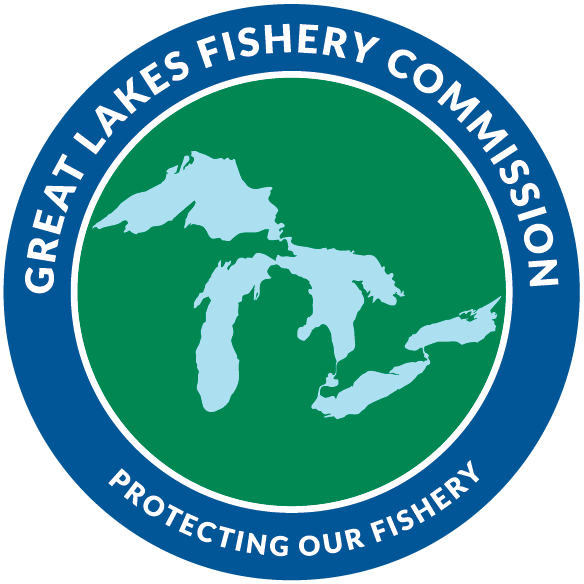Updated 2024-11-22 15:25:03
Lake Superior -> 9.0 Sea Lamprey -> Lake Trout Wounding Rate
Reporting Interval
2017 - 2021
Area
Lakewide
Meeting Target?
Does Not Meet
Indicator Trend
No trend
Confidence?
Medium
9.1.2 Percent of lake trout (>533mm) wounded is below 5%
Sea lamprey (Petromyzon marinus) are parasitic fish native to the Atlantic Ocean and were first detected in Lake Superior in 1938 (Heinrich et al. 2003). Sea lamprey parasitize and kill other fish by feeding on their blood and other body fluids with a vacuum like sucker mouth. By the 1950s, sea lamprey had expanded their range throughout Lake Superior resulting in significant losses in predatory fish (Smith and Tibbles 1980). Sea lamprey control in Lake Superior began in 1958 as part of a bi-national lake trout restoration effort. The objective of the sea lamprey control program is to suppress sea lamprey to levels that will allow for achievement of fish community objectives. Indices of adult sea lamprey abundance were evaluated relative to fish community objectives for each of the lakes. The wounding rate during 2021 was 5.8 wounds per 100 lake trout, which was greater than the target.
Figure 1. Percent of lake trout (>533mm) with sea lamprey wounds in the spring lakewide survey.
Methodology
Sea Lamprey wounding (or marking) rates are calculated from observed wounds on lake trout in spring surveys conducted by fishery management agencies across the lake. The standard sea lamprey wounding index reported for each management unit by all agencies in Lake Superior is the total number of recent lamprey wounds (Type A, stages 1-3) per 100 lake trout > 532 mm. The management goal is to attain a wounding rate that does not exceed 5 wounds per 100 fish.
Other Resources
Contributing Author(s)
- Lake Superior Technical Committee -

